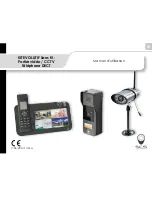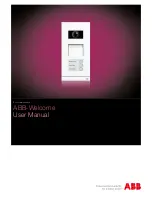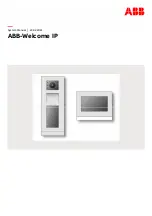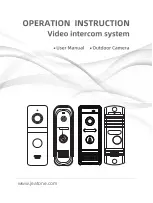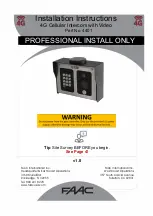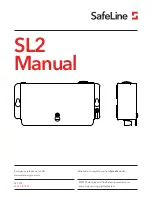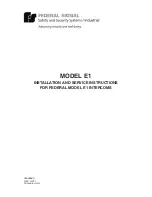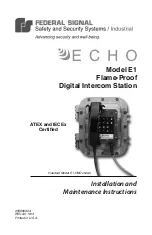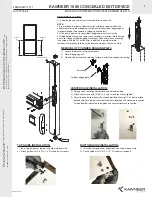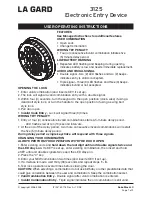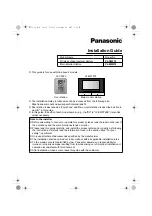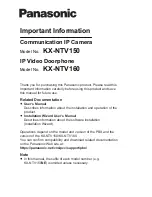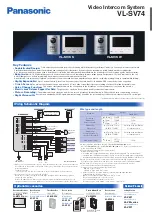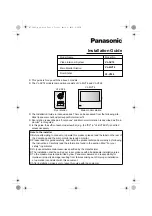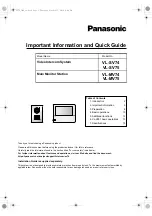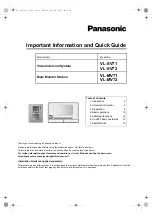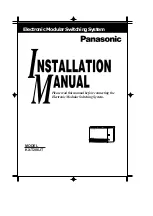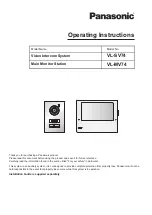
2
FCC Information
This equipment has been tested and found to
comply with the limits for a Class A digital
device, pursuant to Part 15 of the FCC Rules.
These limits are designed to provide
reasonable protection against harmful
interference when the equipment is operated
in a commercial environment. This
equipment generates, uses and can radiate
radio frequency energy and if not installed
and used in accordance with the instruction
manual, may cause harmful interference to
radio communications. Operation of this
equipment in a residential area may cause
harmful interference in which case the user
will be required to correct the interference at
his own expense.
INSTALLATION
Operation:
Provides talkback intercom via Network
connection to customer telephone system or
stand alone telephone set. Interface to customer
telephone system can be via SIP registration,
FXO port or FXS port (additional equipment
required in all cases). The optional call button
may be programmed to initiate a call to one of the
above telephone system interfaces. When the
call is answered, a hands-free communications
path is established to the horn.
Mounting (Network Interface)
The VIP-148L Network Interface is designed for
wall or table mounting and must be within 100
meters of the network switch.
Mounting (Horn)
The VIP-148L Horn is designed for most FD
electrical box or wall mounting and must be within
300 meters of the VIP-148L Network Interface.
See NEMA OS 3-2002 sec.1.2.3.5 for FD box
specifications.
Attaching Speaker to Base
NOTE: For ease of installation, the base can be
attached to the speaker before or after the base
is mounted.
Loosen position adjustment knob
Insert the ball of the base into the socket of
the speaker
Tighten the position adjustment knob
These horns should be mounted 15 to 20 feet
above the floor to allow for best sound
distribution. The units can be mounted to a wall,
a beam or an electrical box.
Mount the base to a wall using the two holes
provided. Knockout holes are provided for
punch out should additional holes be desired.
A "C" clamp is provided with the horns to
allow mounting to a beam. Place the bolt
through the hole in the bottom of the base to
secure the "C" clamp to the beam (See
Figure 1). It is suggested that the horn be
mounted to the underside of the "I" beam to
provide maximum positioning adjustments.
Connection to an electrical backbox is
accomplished by channeling wire through the
ball of the base and making appropriate
connections. The base has holes punched
for a double-gang square box, but by
punching out additional knockout holes, the
base can be mounted to a single-gang or
octagon box (See Figure 2).
The horns may be rotated or moved up and down
to obtain the desired position by loosening the
position adjustment knob (See Figures 1 and 2)
at the bottom of the unit approximately one turn.
Make required adjustments, retighten knob.





